How To Harden Off Seedlings For Stronger, More Successful Plants
Before planting seedlings in the garden, help them acclimate to life outdoors by hardening them off. The result will be stronger, more resilient plants.
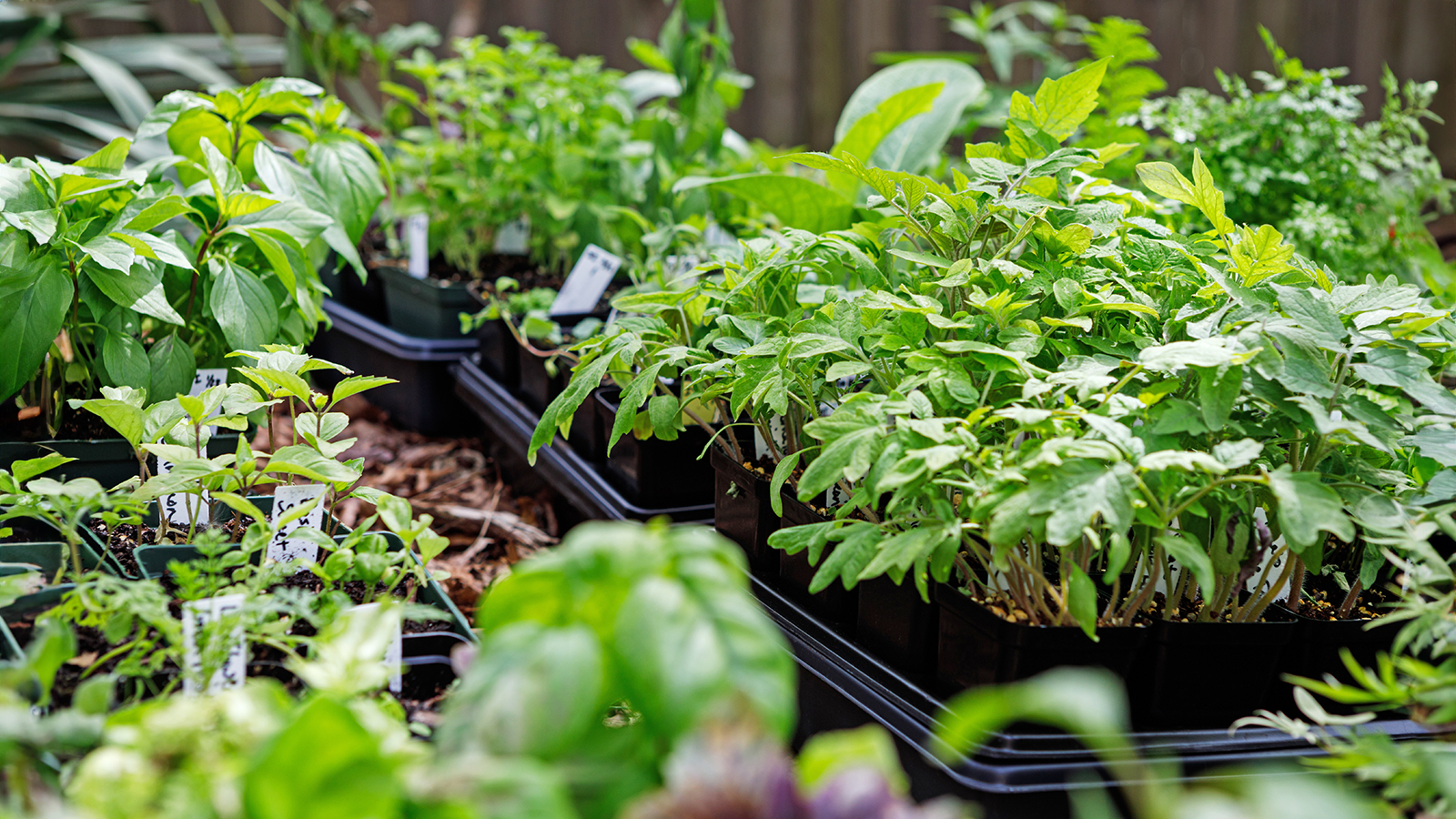
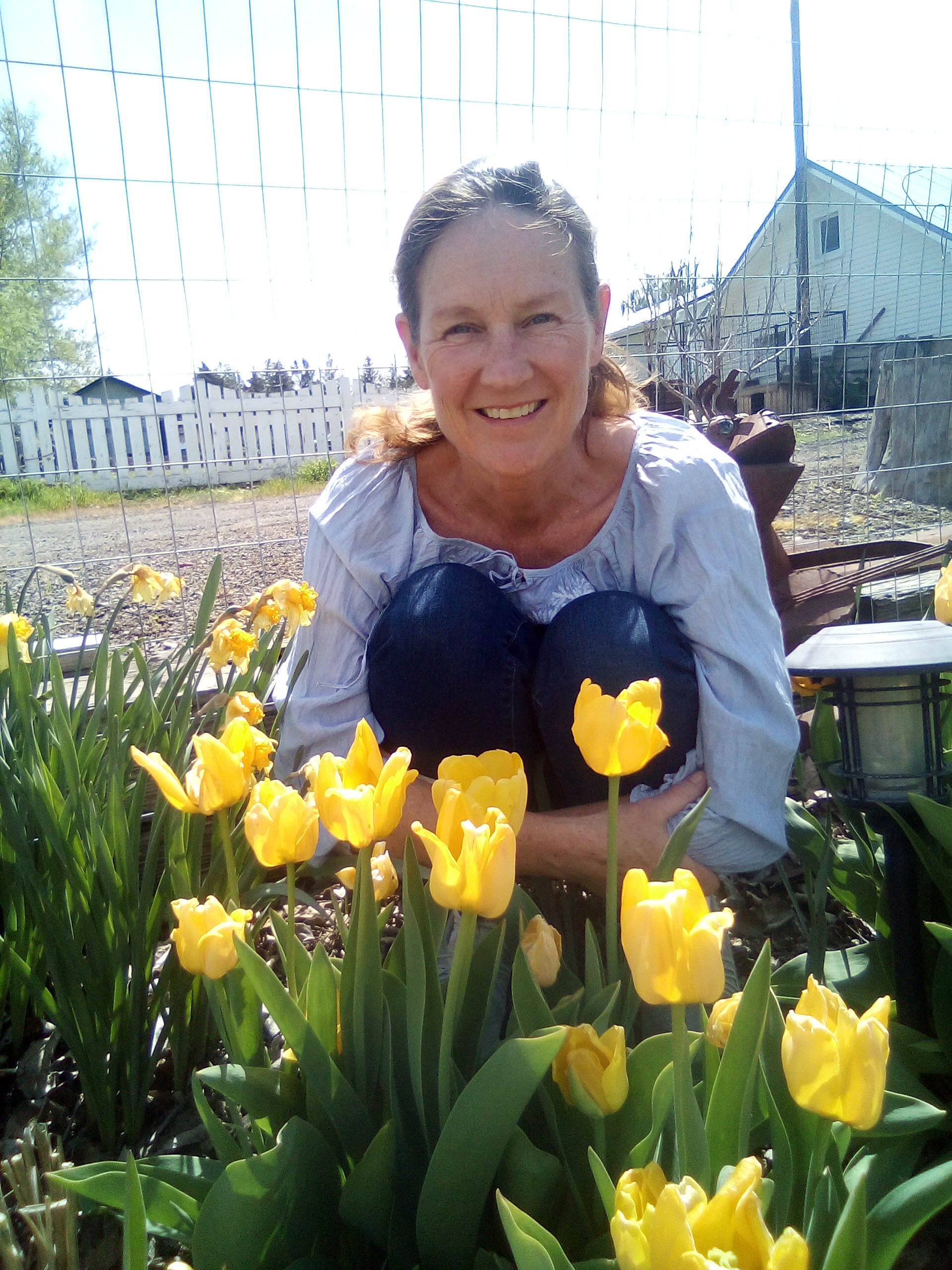
Heather Rhoades
The best way to make sure your little plants get the best start outdoors is by learning how to harden off seedlings. The term seems to indicate something abrupt or violent, but rather, it is a way to gently acclimate seedlings to outside conditions. Those pampered transplants have been babied indoors for several weeks and know nothing of the harsh realities awaiting them outside.
Knowing how and when to transplant seedlings into the garden is the final step to learn in the seed-starting process, but it's also necessary if you have bought young plants from a garden center or nursery. If you live in a climate that is similar to your home’s ambient conditions, the plants may not need much acclimation. But in most regions, the temperatures, wind, and other factors outside will take some getting used to for the young plant.
What Does it Mean to Harden Off Seedlings?
When starting seeds indoors, conditions are highly controlled. This means the resulting plants are tender and are only used to the interior temperatures, lack of wind, humidity levels, and other environmental conditions. They do not have any defenses built up to deal with outdoor conditions such as blowing winds, drying and burning sunlight, and insects.
It is much like a person who has spent all winter indoors. This person will burn very easily in summer sunlight if they have not built up a resistance to the sun.

Start your dream garden with seed collections and growing kits in the Gardening Know How Shop. Choose from delicious vegetables and glorious flowers.
Do You Have to Harden Off Seedlings?
If you suddenly transplant seedlings outside into the garden, they will become shocked by the new conditions. Transplant shock and other ill effects can occur, such as leaf tissue necrosis, browning, wilt, and even death.
The process of hardening off is an important part of seedling care. It encourages the plant’s cell walls to thicken and become firmer. The plant’s growth will slow temporarily, and the amount of water in the cells will decrease. Lignin increases, which helps thicken the tissues. Carbohydrate production will increase, and root growth becomes vigorous.
If the plants are just thrust outside with no adjustment period, the water in the cells may freeze and cause extensive tissue damage. The tender leaves and shoots may burn in the unfiltered sun. Overall, it is best to give new, young plants a gradual adjustment period to build up resistance to ambient conditions and allow natural cellular changes to occur.
Gardening tips, videos, info and more delivered right to your inbox!
Sign up for the Gardening Know How newsletter today and receive a free copy of our e-book "How to Grow Delicious Tomatoes".
Warm-season crops like tomatoes, peppers, and eggplant are the most important types of plants to harden off. Most zones are not warm enough for planting seeds directly in the garden, so they will be started indoors. Because they are warm-season plants, they must be given time to adjust to ambient conditions and build up resistance to the temperatures and winds.
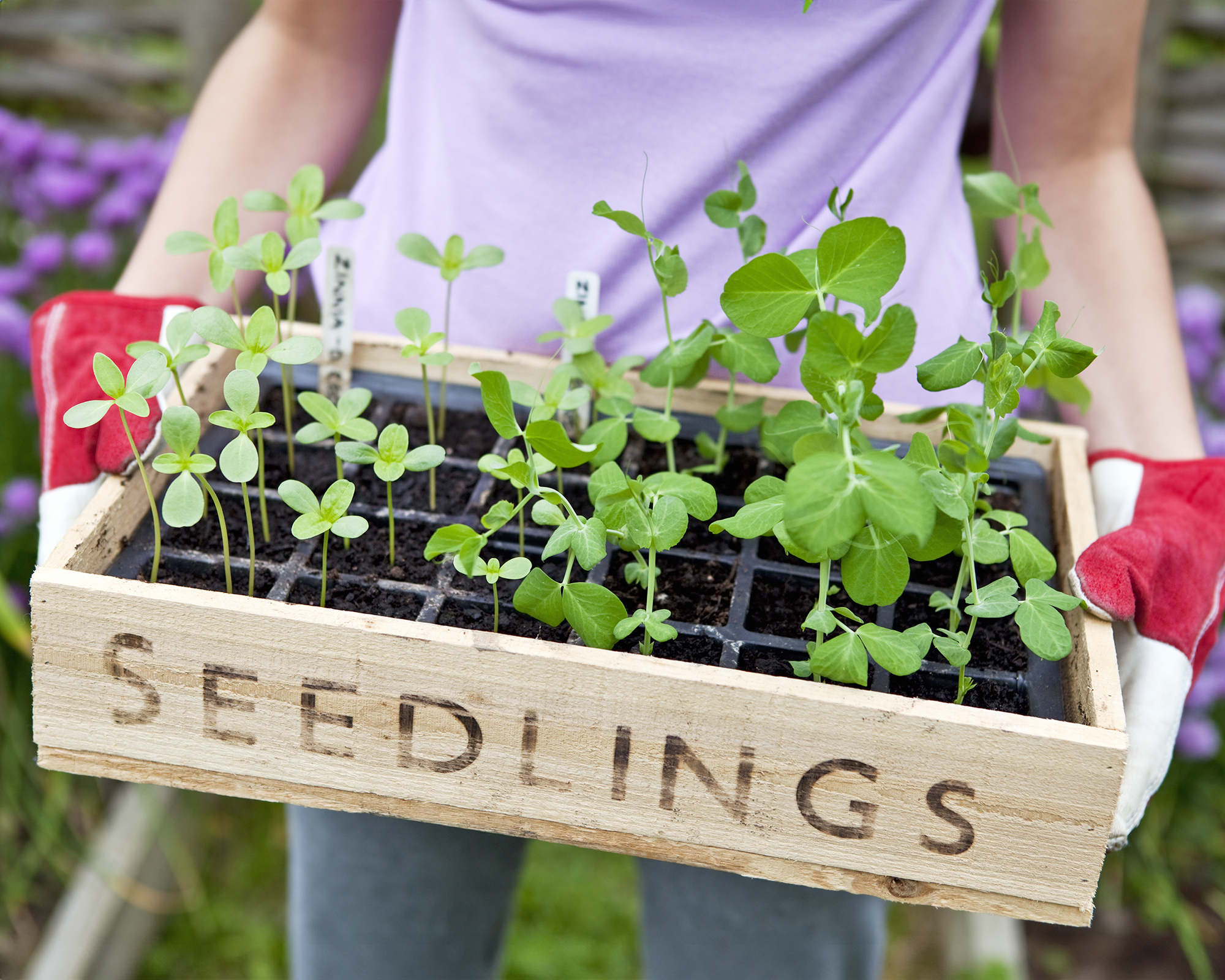
When to Harden Off Seedlings
Every plant is different as to when to harden them off. Cool-season crops like broccoli and cabbage can withstand colder outdoor temperatures than a tomato. Be careful to note the hardiness ranges of your plant and wait until outdoor temperatures have reached the plant’s tolerance. As a general rule, begin to harden plants off when the nighttime temperature is at least 60°F (15.5°C) and the last frost date has passed.
The plants also need to be ready for planting out. There are a few checks you can make to ensure seedlings are ready for transplanting. One key sign is that the plants possess at least two pairs of true leaves.
How to Harden Off Seedlings
The best way to harden off seedlings is gradually. Choose the warmest part of a cloudy, windless day for their first trip outdoors. That will provide the most gentle experience for the plants.
Pack your seedlings in an open-top box. The box is not absolutely necessary, but you will be moving the plants around quite a bit in the next several days, and the box will make transporting the plants easier.
On the first day, place the box (with your plants inside) outside in a slightly shady, sheltered area. Leave the box there for two or three hours and then bring the box back indoors. Repeat this process over the next few days, leaving the box in its sheltered, shaded spot for a little longer each day. At the same time, cut back on watering seedlings, reducing the amount of water but still providing enough so that the seedlings don’t wilt.
Once the box is staying outside for the entire day, start the process of moving the box to a sunny area. Repeat the same process. For a few hours each day, move the box from the shaded area to the sunny area, increasing the length of time each day until the box is in the sun all day.
During this process, it is best to bring the box in every night. Once the plants are spending the whole day outside, you will be able to leave them out at night.
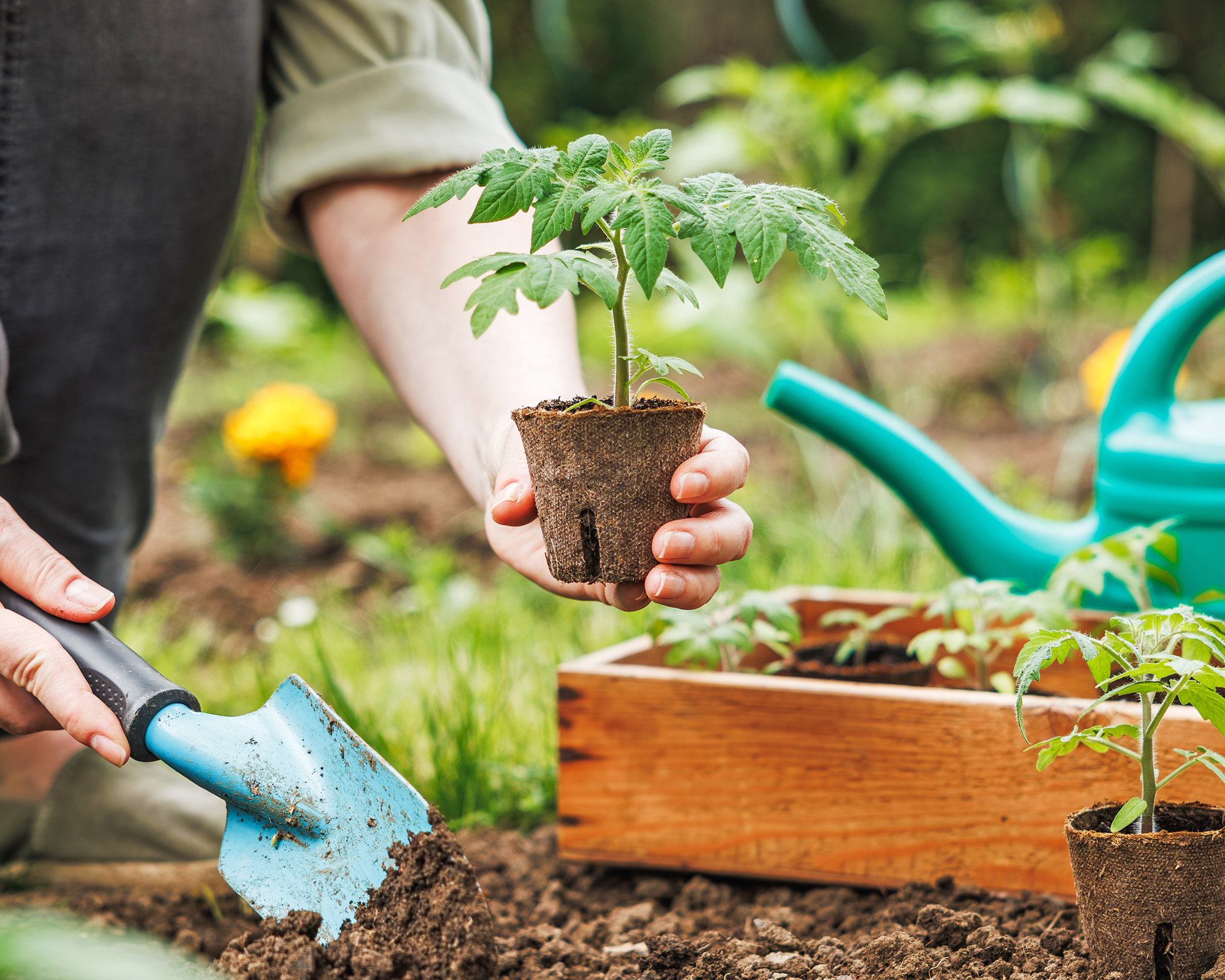
How Long Does the Process Take?
You should begin hardening off your young plants 10 to 14 days before you intend to transplant them into a garden bed. For vegetable plants, start hardening them off 7-10 days before the date of your last frost. As the plant acclimates, increase the amount of time it is outdoors by 1 to 2 hours per day. Watch the plant for any stress indicators and slow down the process if you notice anything adverse.
If you are wondering how to harden off seedlings quickly, the answer is not straightforward. Because the process takes time, you can’t make it occur in a day or two. Cellular changes that are important to the young plant’s survival cannot happen in a few hours or even days. You can protect the plant while it is outdoors acclimating, and increase the amount of time that it is exposed, subtly. But overall, this is a necessary step in plant management that will ensure a sturdy seedling.
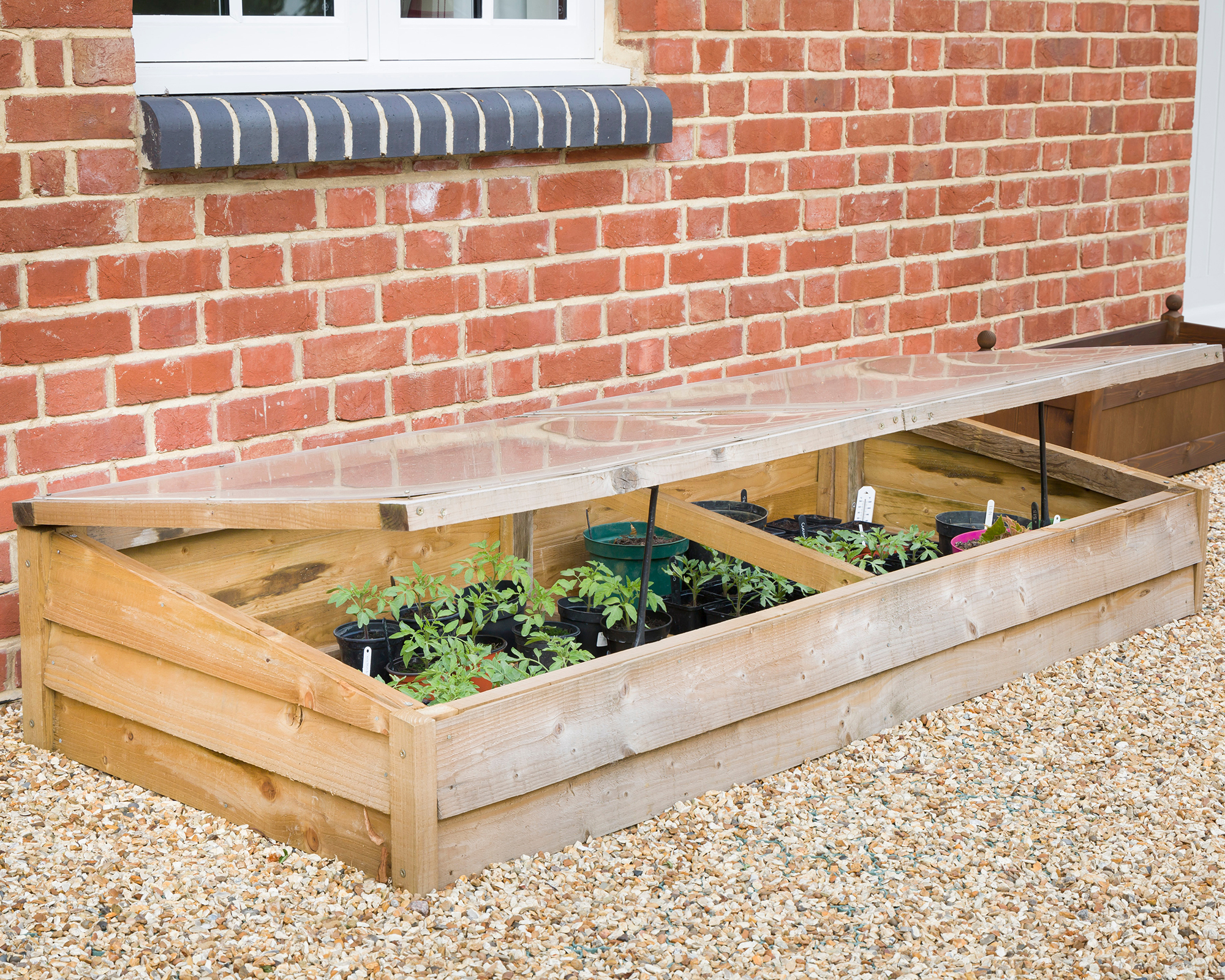
How to Harden Off Seedlings in a Cold Frame
Cold frames can help with the hardening-off process. Place the plant inside the frame on an overcast day for a couple of hours. Increase the time the plant spends in the structure by an hour a day, while also raising the lid a bit more each day. This will allow the ambient air to slowly bath over the plant and let it adjust.
By the end of a week or so, the lid should be fully propped open as the plant adjusts inside the snug frame. Check on the temperature of the cold frame to make sure it is maintaining temperatures around the plant’s hardiness. After two weeks, the plant will be ready for transplant.
More Growing Inspiration
- How to grow seeds quickly: Learn 8 expert tricks for fast flowers and crops.
- Browse pro-quality seed trays, lids, and humidity domes in the Gardening Know How Shop.
- Why are my seedlings wilting? Discover 6 common causes – and how to save them.
- Try germinating seeds in paper towel: the easy, no-mess method for faster growth.
- Sign up for our FREE seed-starting workshop! Learn the basics from master gardener Geoffrey Johnson in our fun 30-minute session

Bonnie Grant is a professional landscaper with a Certification in Urban Gardening. She has been gardening and writing for 15 years. A former professional chef, she has a passion for edible landscaping.
- Heather RhoadesFounder of Gardening Know How